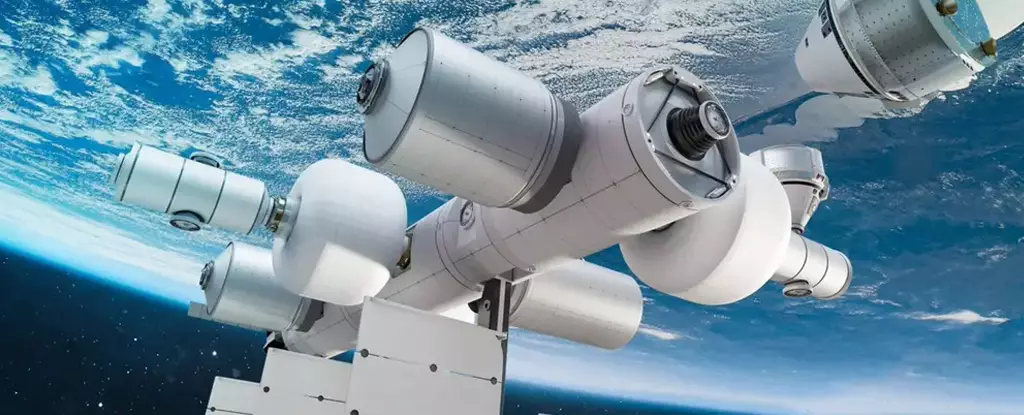The International Space Station (ISS) has been a critical asset for scientific research and human exploration in space. However, it won’t last forever, leading NASA to invest heavily in potential replacements. One of the most promising candidates is Orbital Reef, a joint venture between Blue Origin and Sierra Space. Recently, NASA announced that Orbital Reef has successfully passed four key milestones in developing crucial technology, including a system to recycle astronauts’ and tourists’ urine. These milestones are essential in ensuring that a commercial space station can support human life in space, marking a significant step forward in space technology.
Orbital Reef’s regenerative system is designed to provide clean air and water for humans to breathe and drink while in space. The system underwent a series of tests to demonstrate its ability to remove impurities from the air, recover urine for recycling, and maintain a water tank. This innovative technology is not only groundbreaking but also essential for long-term space exploration missions. Similar to the ISS, Orbital Reef’s system will recycle water and oxygen, which is crucial for sustaining life in the harsh environment of space.
NASA has awarded Blue Origin and Sierra Space a significant amount of funding to develop commercialized, American-led space stations in low-Earth orbit as potential replacements for the ISS. These next-generation space stations will not only serve as a destination for NASA astronauts but also open up opportunities for space tourism. With spacious modules and large windows to view Earth, these commercial space stations will offer a unique experience of weightlessness in complete comfort, attracting both astronauts and tourists alike.
NASA’s decision to hand over the future of space stations to commercial companies is driven by the need to focus its budget and resources on more significant priorities. Maintaining the ISS program costs NASA billions of dollars annually, making it unsustainable in the long run. By transitioning to commercially-owned space stations, NASA can lower costs, increase competition, and meet the demands of both NASA and other space customers. This shift in strategy will allow NASA to redirect its budget towards establishing a permanent human presence on the moon and eventually sending astronauts to Mars.
While the ISS has been a cornerstone of space exploration, it is showing signs of aging and wear. With cracks, leaks, and system failures becoming more frequent, the ISS is nearing the end of its operational life. The Biden administration has committed to keeping the ISS operational until at least 2030, providing a transition period for the development of privately-owned space stations like Orbital Reef. This transition presents both challenges and opportunities for the future of space exploration, paving the way for a new era of human presence beyond Earth.
The development of Orbital Reef and other commercial space stations represents a significant milestone in the evolution of space exploration. By leveraging innovative technology, private industry partnerships, and government funding, the future of human spaceflight looks brighter than ever. As we look towards the stars, the possibilities of living and working in space become increasingly tangible. The journey to the stars begins with a single step, and Orbital Reef is leading the way towards a new frontier of human exploration in the cosmos.


Leave a Reply